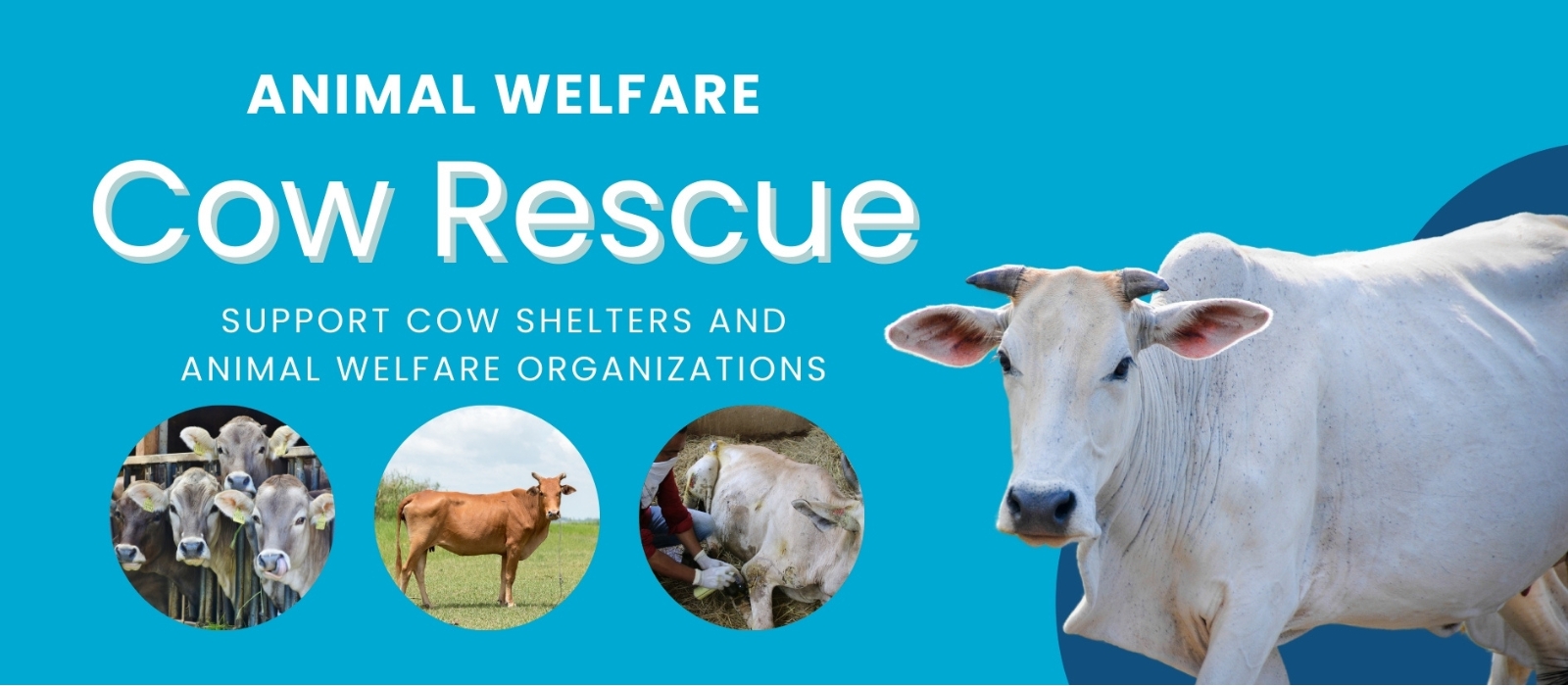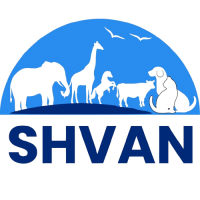Caring for Street Cows: Inside Shelters, Rescue Efforts, Nutrition, and Treatment

Strong 8k brings an ultra-HD IPTV experience to your living room and your pocket.
Cows hold a sacred place in many cultures, particularly in countries like India, where they are revered and protected. However, many cows roam the streets, facing malnutrition, injuries, and neglect. Cow shelters, also known as gaushalas, play a crucial role in rescuing, rehabilitating, and providing proper care for these animals. This article explores cow shelters, rescue efforts, nutrition, and medical treatment for street cows.
The Role of Cow Shelters (Gaushalas)
Cow shelters provide a safe haven for abandoned, injured, or sick cows. These shelters ensure that cows receive proper food, medical care, and protection from harsh weather and traffic accidents.
Key Functions of Cow Shelters:
-
Rescue and Rehabilitation – Taking in injured, malnourished, or abandoned cows.
-
Medical Care – Providing treatment for diseases, wounds, and infections.
-
Nutritional Support – Offering balanced diets to improve health.
-
Protection from Slaughter – Many shelters prevent cows from being illegally transported for slaughter.
-
Community Awareness – Educating people on cow welfare and ethical treatment.
Challenges Faced by Cow Shelters:
-
Overcrowding – Limited space due to increasing numbers of abandoned cows.
-
Funding Issues – Many shelters rely on donations and struggle with financial constraints.
-
Disease Management – Contagious illnesses can spread quickly in shelters.
Cow Rescue: Saving Abandoned and Injured Cows
Cow rescue involves locating, transporting, and rehabilitating cows in distress. Many cows suffer from accidents, malnutrition, or abuse and need urgent help.
Steps in Cow Rescue:
-
Identification – Locating injured or malnourished cows on streets or highways.
-
Emergency Aid – Providing first aid, hydration, and pain relief.
-
Transportation – Safely moving cows to shelters using ambulances or trailers.
-
Veterinary Examination – Diagnosing injuries, infections, or chronic illnesses.
-
Long-term Care – Ensuring proper recovery through shelter support.
Common Issues in Rescued Cows:
-
Accident Injuries – Fractures, wounds, or internal damage from vehicle collisions.
-
Malnutrition – Weakness due to lack of proper cow food.
-
Diseases – Foot-and-mouth disease, mastitis, or parasitic infections.
-
Plastic Ingestion – Many cows eat plastic waste, leading to digestive blockages.
Cow Food: Proper Nutrition for Healthy Cows
A balanced diet is essential for cows to maintain good health, produce milk, and recover from illnesses.
Essential Components of Cow Food:
-
Green Fodder – Fresh grass, alfalfa, and legumes provide fiber and nutrients.
-
Dry Fodder – Hay and straw help in digestion and provide energy.
-
Grains & Concentrates – Wheat bran, maize, barley, and oil cakes offer proteins and fats.
-
Mineral Supplements – Calcium, phosphorus, and salt prevent deficiencies.
-
Clean Water – Cows need 30-50 liters of water daily for hydration and digestion.
Feeding Practices in Cow Shelters:
-
Regular Feeding Schedule – Cows are fed 2-3 times a day.
-
Special Diets for Sick Cows – Soft food for injured cows or extra nutrients for weak ones.
-
Avoiding Harmful Foods – Plastic, toxic plants, and spoiled food must be kept away.
Cow Treatment: Medical Care for Injured and Sick Cows
Proper medical treatment is crucial for cows suffering from diseases, injuries, or infections.
Common Health Issues and Treatments:
A. Injuries and Fractures
-
Wound Care – Cleaning wounds with antiseptics and applying bandages.
-
Fracture Management – Using splints or casts; severe cases may need surgery.
B. Digestive Problems (Due to Plastic Ingestion)
-
Surgery – Removing plastic waste from the stomach.
-
Laxatives & Hydration – Helping cows pass indigestible materials.
C. Infectious Diseases
-
Foot-and-Mouth Disease – Vaccination, antiseptic mouthwash, and hoof care.
-
Mastitis (Udder Infection) – Antibiotics and warm compresses.
-
Parasites (Ticks, Worms) – Deworming medications and skin treatments.
D. Malnutrition & Weakness
-
Vitamin Injections – B12, calcium, and iron supplements.
-
High-Protein Diet – Boosting recovery with nutrient-rich food.
Preventive Healthcare in Cow Shelters:
-
Vaccination Programs – Protecting cows from contagious diseases.
-
Regular Health Check-ups – Early detection of illnesses.
-
Clean Living Conditions – Preventing infections through hygiene.
How You Can Help Street Cows
Supporting cow welfare doesn’t always require large donations. Small efforts can make a difference:
Ways to Contribute:
✔ Donate to Cow Shelters – Funds help with food, medicine, and shelter maintenance.
✔ Volunteer – Assist in feeding, cleaning, or rescue operations.
✔ Report Injured Cows – Inform local animal rescue groups about cows in distress.
✔ Avoid Feeding Harmful Items – Instead of plastic-covered food, offer fresh vegetables or fodder.
✔ Spread Awareness – Educate others about cow protection and ethical treatment.
Conclusion
Cow shelters play a vital role in rescuing and rehabilitating street cows by providing food, medical care, and a safe environment. Proper nutrition and timely treatment can save countless cows from suffering. By supporting rescue efforts and promoting ethical treatment, we can ensure these gentle animals live healthy, dignified lives.
Note: IndiBlogHub features both user-submitted and editorial content. We do not verify third-party contributions. Read our Disclaimer and Privacy Policyfor details.







